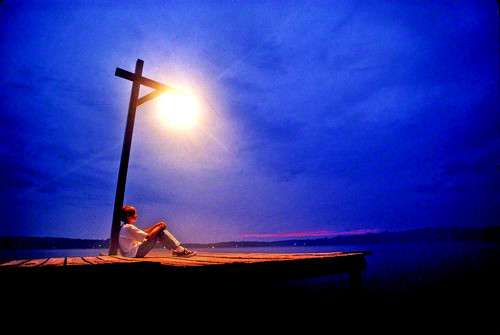
Ok, you’re asking yourself what Kenny Rogers (a well-known CW singer from the past) might have said that has stuck with me and became a euphemism that applies to my Photography. In the song “The Gambler”, Kenny Rogers sang these lyrics:
You got to know when to hold em, know when to fold them, know when to walk away, know when to run. I’ve always loved those words, and I’ve actually found myself singing them (discretely) when out shooting. Ok, let me finally explain:
In my online class with the BPSOP, and in my “Stretching Your Frame of Mind” workshops I conduct around the planet, I’m constantly asked when do I walk away from taking a photo? How do I know when it’s not working the way I thought it would? Do I just take the photo anyway and try to fix it later? This last question really gets me!!!!
Here’s what I have to say on this subject:
For me, it doesn’t take very long for me to fold em. For one thing I “Pre-visualize” Over the years I’ve managed to create an imaginary 2X3 rectangle right behind my eyes. When I’m either walking the streets or setting up an actual photo. I look through this rectangle and try to visualize the composition before I ever bring the camera up to my eye. It’s an easy exercise and one all my fellow photographers should at least try.
This exercise will eliminate a lot of time and energy I go through in composing a photo. To add to this exercise is a critical step in my thought process. Determining the direction of the light. If the light isn’t right, I’ll walk away sooner. If I can’t get the light to work for me, I’ll run away.
So now, the light is right and I’ve brought the camera up (horizontally) to my eyes. I look for the balance between the Negative and Positive space and if it isn’t feeling right within a few seconds I’ll try it as a vertical. I’ll look around for props or people I can add. I’m not the type of photographer that won’t change or move something to create a better photo. I’m out “making pictures”, not taking them. Finally, I’ll also ask someone if he or she would be in my photo.
If none of this works, I won’t spend any more time on it…why? Because as I’m always telling those students that stay with it too long, “The best photo you’ve ever taken may well be your next one, and that could be right around the corner”.
Don’t feel like you have to stay with it and take something as so many photographers do…just to be taking a picture. And don’t think about fixing it later in front of a computer. That’s not going to make you a stronger photographer. However, it will make you a better computer artist…if that’s your cup of tea.
In the above photo, I was just about ready to fold em. It just wasn’t doing anything for me. Then I saw the boy and his mom walking down the pier. I asked if I could put him in my photo. Then, I knew to hold em.
Btw, if you’ve never heard this song, here it is: https://www.youtube.com/watch?v=gDwCMxPwJ_4
Joe Teaches:
Stretching Your Frame of Mind I










